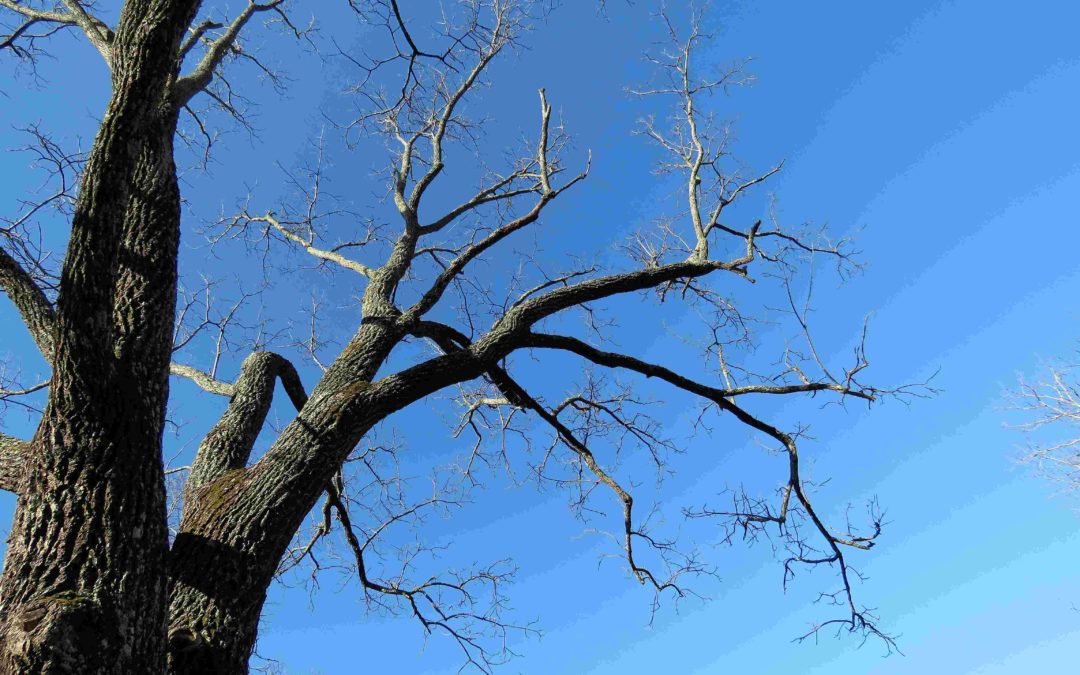But when night had fallen, the sorrow of the worshippers was turned to joy. For suddenly a light shone in the darkness: the tomb was opened: the god had risen from the dead; and the priest touched the lips of the weeping mourners with balm, he softly whispered in the ears the glad tidings of salvation” (Frazer, 1922, p. 407).
The Vernal Equinoxes mark the point in the year when, rather than favoring either the northern or southern hemisphere, the Sun exactly aligns with Earth’s equator, resulting in a (mostly) equal day and equal night. For Indigenous cultures across Earth, even Europeans, the Spring Equinox represents a joyous time of reawakening, resurrection and rebirth. In the modern era, Christian Easter, Jewish Passover, Wiccan Ostara and the Zoroastrian celebration of Nowruz, to name a few, represent fragments of a collective human heritage commemorating Earth’s reawakening from a long winter slumber to once again bring forth life. Mythologies invoke variations on the theme of mortality and rebirth. Cybele and Attis, Persephone and Demeter, Jesus and Mary, etc.
For me, the day also marks a death and resurrection, the dying of a lifetime of a Western lifestyle characterized by human exceptionalism, waste, excess, and repression of my emotional attachment to the more-than-human world. Clawing my way out of the debris of my past existence, I hope to be figuratively reborn, not as a perfect Human, but as an integral participant in the messy entanglements of wild earthly materiality.
Day one begins like any other day, except the television in my bedroom that typically blasts inane distractions is gone, and no social media scrolling infuses the morning with an unhealthy dose of doom. Instead, I get out of bed immediately, attend to the needs of the furry residents of the household, and begin the first of many morning rituals to come. I choose to mark this year of rewilding with daily ritual, not because I subscribe to the dogma of any particular religious tradition, but because, as many have observed, the more-than-human world communicates not with words but through a “language of things” (Mathews, 2019; Weber, 2014). Perhaps this is at the heart of the almost universal human desire to express ourselves with song, incense, fire, dance, meditation, and feasting in an effort to reconnect within a wholeness greater than ourselves.
I begin with the lighting of a candle and incense, centering of breath, and an invocation of my intentions – From the compost of my life’s destructiveness, I seek to resurrect flourishing for myself and the more-than-human community of which I am a part. The Australian Aboriginal notion of “deep time” blurs distinctions between Western linear notions of past, present, and future. The vestiges of this Land Community’s cumulative ecological and colonized histories are not isolated in some distant timeplace outside the present and future. The eternal now emerges from collective and co-created abundance, scarcity, love, violence, joy, and sorrow of all beings who make home here (Bawaka_Country et al., 2020).
I therefore think it’s fitting to mark the first day with offerings and engagement with Se-di and Sowo[1], two Black Walnut trees with whom I have already fostered relationships. These two Trees, one in the front yard and one in the back, dominate the visual and ecological landscape. Their substantial size points to their “old growth,” with lifespans that predate the settlement of this land by white European descendants and even the founding of the City of Asheville. The deep time knowing of this place infuses their ancient wood.
Their natural histories also dictate which more-than-humans will be welcomed to this rewilding party. Generous to a fault with mast fruiting, Se-di and Sowo feed countless birds, squirrels, humans, and other fauna with their abundant nuts each year. On the other hand, their roots, nuts, leaves, and wood are infused with allelopathic juglone, a chemical that acts as a natural herbicide, inhibiting the growth of many plant species, although not all. In co-creating and co-designing a forest of food for all who choose to live here, I will necessarily need to work with these most influential architects.
I take them each an offering of incense and precious last cups of Coffee. I explain my intentions, ask for their cooperation, offer gratitude for their existence, and sing a spontaneous Black Walnut song for them. Then I just sit. The Rooster crows his ode to the morning, and neighborhood Crows respond with a raucous chorus. A Nuthatch swoops from Sowo’s branches to the bird feeder and back again, offering a mate (or newly fledged chick) a seed. The cool but not cold breeze brings the promise of the season while myriad voices from the surrounding hills cheep, chit, and chirp, rejoicing and co-creating this glorious morning.
References
References
Bawaka_Country, Wright, S., Suchet-Pearson, S., Lloyd, K., Burarrwanga, L., Ganambarr, R., . . . Maymuru, D. (2020). Gathering of the Clouds: Attending to Indigenous understandings of time and climte through songspirals. Geoforum, 108, 295-304.
Frazer, J. (1922). The Golden Bough: The Macmillan Company.
Mathews, F. (2019). Living Cosmos Panpsychism. In W. Seager (Ed.), The Routledge Handbook of Panpsychism: Routledge.
Notes
[1] For reference, I have given the trees human language names. “Se-di” is the Cherokee word for Black Walnut, and Sowo is the Cherokee word for the number one. By measuring the Trees’ diameters at breast height and multiplying by a standardized growth factor, I have estimated their ages at approximately 220 and 280 years respectively.

And so begins your dance with the universe. Fair winds, Kathleen.
Thank you, dear friend – and as always, fair winds to you too.